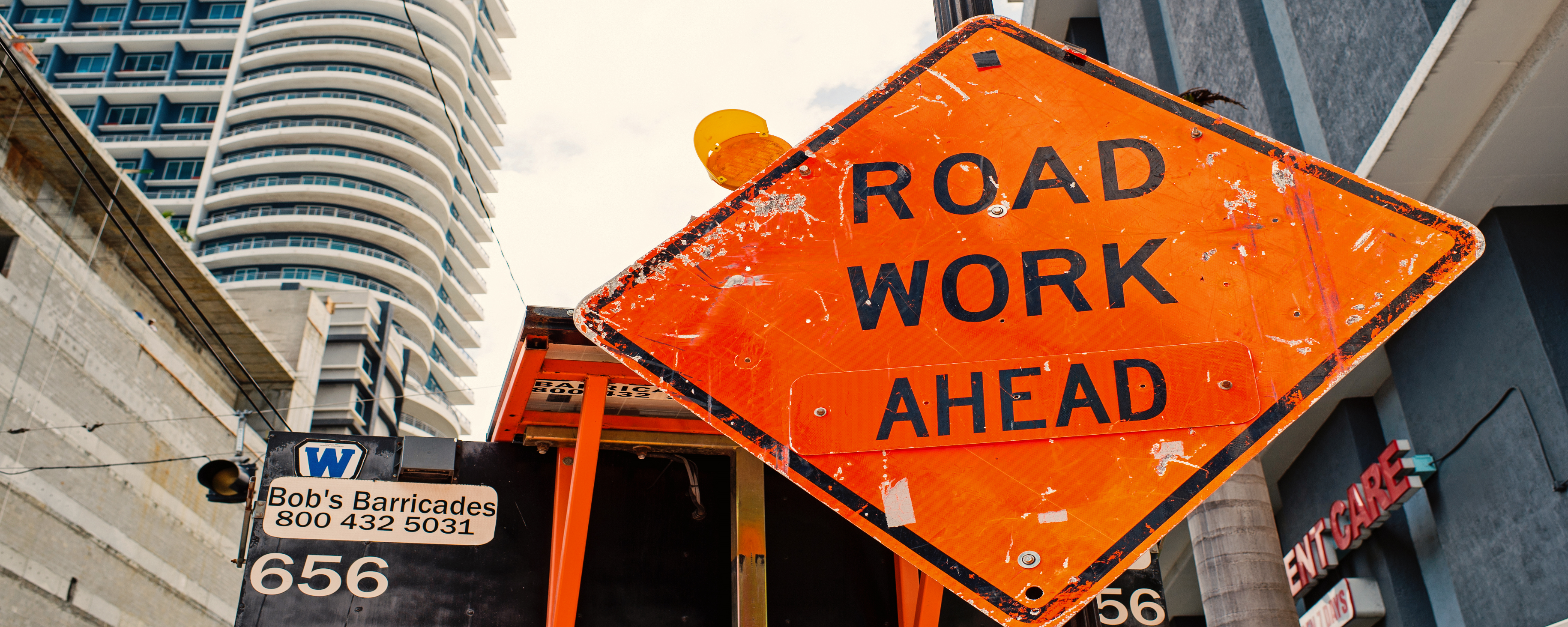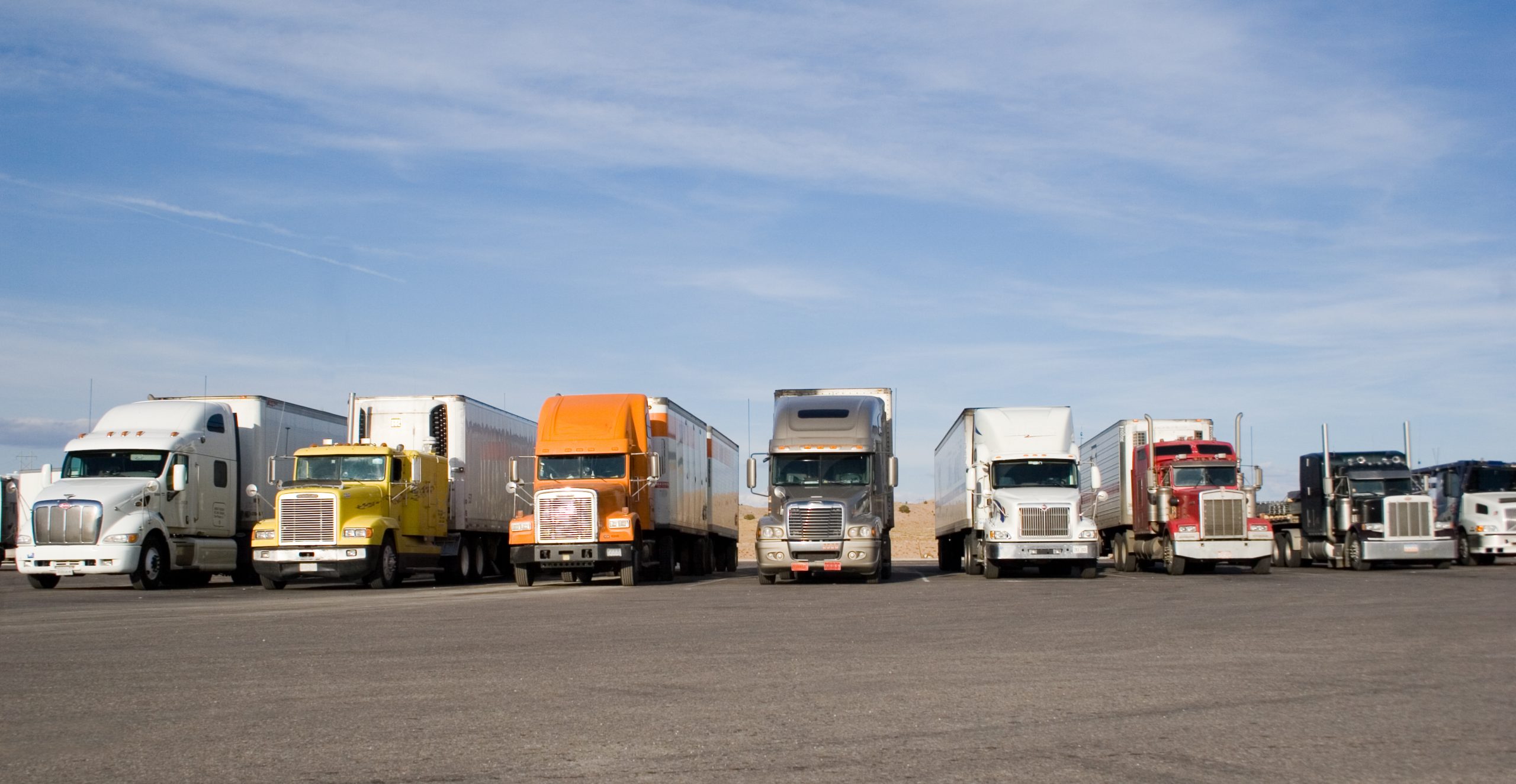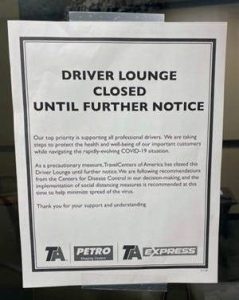As the excitement from the relaxed HOS regulations is feigning, truck drivers are beginning to feel the reality of their new normal.
Oil prices are tanking, good miles are rare, and brokers are paying less for the few available loads. Truck drivers are the backbone of the supply chain. Why are they taking the biggest hit?
Throughout the pandemic, some drivers have taken extreme measures to fight for justice. Several have joined forces to protest, asking the government to step in and further regulate the industry.
In April and May, truckers have been seen slowing down highway traffic in California, circling the capitol building in Phoenix, and lining Constitution Ave. in Washington D.C. The blaring of air horns even got the attention of President Trump who tweeted:
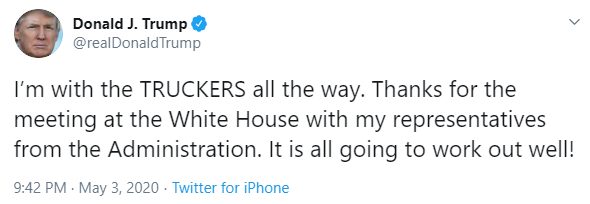
But regulation is a double-edged sword. You may feel regulation will help; you may not always agree with the outcome.
This type of protesting can be dangerous. Slowing down traffic on the highway puts truck drivers and the public in danger. Truckers have options, though. Driving is one of the many professions that offer the freedom to explore new things.
Here are 7 things truck drivers are doing to maintain their mental health during the Coronavirus pandemic.
1. Video chat with family and friends
One of the most difficult parts of the job for most truck drivers is being away from friends and family. Sure, you can call and text (while parked) throughout the day. But texting lacks emotional connection. While talking on the phone is a great means of communication, there is a better way.
Drivers are using video chats to connect with friends and family. What once was only displayed in science fiction television shows, like Star Trek or the Jetsons, is now available at your fingertips.
iPhone users can connect through the Facetime feature. If you don’t have an iPhone, don’t worry. Many social media platforms offer video chat capabilities through their messaging service. (e.g. Facebook Messenger, Snapchat, Instagram, etc.)

2. Explore Podcasts
Remember the old days, when you heard people talking on the radio instead of hundreds of commercials?
Good news! There are still countless radio talk shows available online, they have just been rebranded. Now we call them podcasts.
There are hundreds of thousands of podcasts you can access through free music apps like Spotify, Pandora, iHeartRadio, etc. And the range of categories is never-ending.
There are radio shows for car junkies, true crime fans, finance experts, video game reviews, politics, news, and mystery series to name a few. The list goes on and on!
3. Create your own playlist
If you listen to the FM radio today, you already know that in-between commercials, they replay the same 5 songs all day. Get creative, make your own playlist.
A playlist is a modern-day mixtape that you can customize in most music apps. So now, when you had your fill of those podcasts, queue up all your favorite songs and jam on!
4. Go for a walk
It has been repeatedly proven that walking is extremely beneficial to your overall health and wellness. Truck drivers are lucky because they get to explore new areas daily.
After sitting in the truck all day, it will feel great to get your blood flowing. You’ll be able to get thousands of steps in now that you have your playlist ready to go.

5. Try Geocaching
Have you ever heard of a geocache (Geo-CASH)? It’s basically a worldwide scavenger hunt that uses GPS to lead you to a treasure. While you are out walking, give it a try.
Those who participate leave a container (called a cache) at a hidden location. The container could be anything from a giant ammo box to a camouflaged pill bottle.
Inside, players will leave a small treasure like a rare coin, small trinkets, or a clue to a larger cache. While preplanning your next load, do an internet search for geocaches in that area. You never know what you might find.
6. Learn a new skill
There are countless tutorials online where one can learn any new skill, from knitting to painting to learning to play a musical instrument.
It might be difficult to carry a guitar with you everywhere you go. Grab a harmonica instead. Its small, versatile, and can fit in your shirt pocket.
Then head over to the internet and find a harmonica tutorial. You’ll be playing like Neil Young and Bob Dylan in no time.

7. Journaling
Try expressing yourself through a creative outlet like journaling. A search for “trucker journal” returned some journals specifically for truckers.
Fill the empty pages with all the thoughts running through your mind. Most people find that journaling helps them work through personal issues and makes difficult decisions easier.
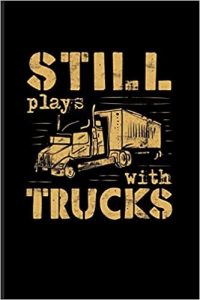

Trucker Journal Pink Trucker Journal
8. Catch up on Safety Training
If you work for a reputable trucking company, you probably have a backlog of safety videos to catch up on.
Even if you have been driving for years and years, it never hurts to refresh your mind on safe habits. Catch up on your training and as always, stay safe out there.
Take Care of Yourself
Maintaining your mental health is just as important as your physical health during the Coronavirus pandemic. Use this time to reflect, be productive, and improve.
Here’s some articles you might have missed:
CSA Score Reduction, How to Challenge FMCSA Crash Rulings
Safety Managers’ Relief; The Drug and Alcohol Clearinghouse






